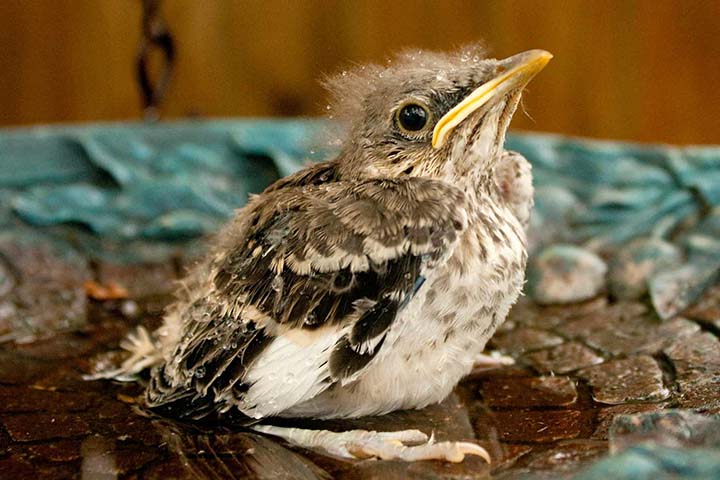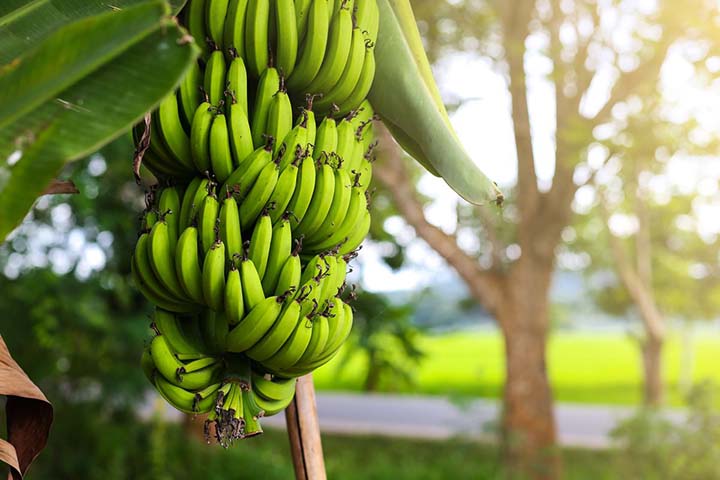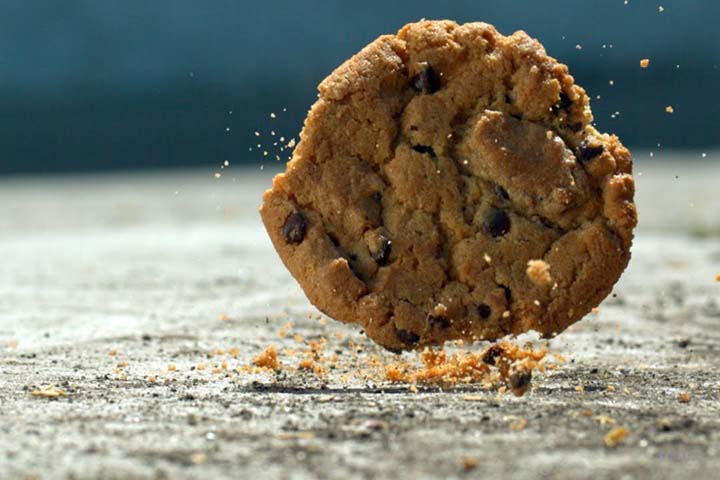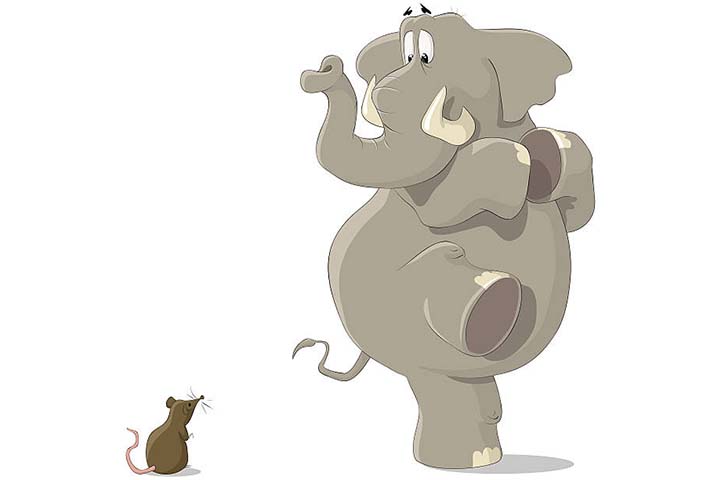Results
True or False Quiz #3
Brought to you by Kendriya Vidyalaya Adoor Library
Well done, guest! You deserve a trophy!Reload quiz

True or False Quiz #3
Brought to you by Kendriya Vidyalaya Adoor Library
Nice try, guest. Why don't you take the quiz again?Reload quiz


#1. A mother bird will reject its baby if it’s been touched by a human.
Most birds have a poor sense of smell and wouldn’t know the difference. So they the mother bird wouldn’t know if their baby was handled by a human anyway. If you find a baby bird on the ground, it is probably learning to fly and shouldn’t be touched anyway. Perhaps this myth about baby birds arose when well-meaning kids tried to help fallen baby birds back into their nests, or tried to pet baby birds that aren’t yet strong enough to handle their clumsy touch. It’s also not wise to touch baby birds because an angry mama bird might fly in your face or peck at your head and call you nasty names in bird language. Overall, mother birds are much more loyal to their babies than this myth suggests.

#2. Peanuts are not actually nuts.
Despite the misleading name, peanuts are actually a type of legume (A legume is a plant in the family Fabaceae, or the fruit or seed of such a plant. When used as a dry grain, the seed is also called a pulse.). Though they’re commonly served with nuts like walnuts and almonds, peanuts are more closely related to clovers and chickpeas.

#3. Chameleons change colours to regulate their temperatures.
Yes, it is true. According to Wired, chameleons change colours to regulate their temperatures or communicate with other chameleons, and not to camouflage themselves.

#4. Black holes are not really holes.
No, a black hole is not really a hole at all. A black hole is an object just like any other, except that it is extremely dense. This gives it such a high gravitational field that nothing, not even light, can escape.

#5. In the days of Christopher Columbus, everyone thought the world was flat.
Allegedly, around 500 B.C., the Ancient Greek philosopher Pythagoras was the first person to propose the theory that the Earth was flat. But not long thereafter, in the middle of the third century B.C., Aristotle declared with certainty that the Earth was, in fact, spherical. And though it might’ve taken a bit for everyone to come around to the reality that our planet is, well, round, Christopher Columbus wasn’t one of the naysayers. When he sailed the ocean blue in 1492, he knew Earth was a sphere. According to historian Jeffrey Burton Russell, “with extraordinary few exceptions no educated person in the history of Western Civilization from the third century B.C. onward believed that the Earth was flat.”

#6. The banana “tree” is not actually a tree.
Bananas grow on something the size of trees, but the Banana “tree” is not actually a tree. The banana plant, which can grow up to 25 feet, is actually the world’s largest perennial herb. When you carefully inspect a banana plant, you’ll notice that it doesn’t have woody fibers. It has strong stalks and leaves, yet it lacks the trunk and branches that would qualify it as a tree.

#7. Humans only use 10 percent of their brains.
It is nothing but a myth. According to the University of Arkansas for Medical Sciences (UAMS), most people use almost all of their brain, unless they have a neurological condition. Simply “throwing a ball” uses a “significant portion of your brain,” as many parts of the brain are actively working back and forth with each other to complete even the smallest of tasks.

#8. Some deserts are cold.
Deserts are not defined by their temperatures, but by their lack of precipitation. And while most of the world’s most famous deserts are indeed hot, there are some deserts that also experience brutal cold. Known as polar deserts, these arid areas can be found in Iran (called Dasht-e Lut) and Northern Greenland, for example.

#9. It’s safe to eat food that’s been on the floor for five seconds or less.
Don’t adhere to the five-second rule and take your chances with food that’s fallen on the floor. When researchers at Clemson University left bologna and bread on a surface contaminated with salmonella in a 2017 study, they found that “a substantial amount of bacteria transferred to the food within five seconds.”

#10. Elephants are afraid of mice.
This myth seems to have originated from children’s stories. It would look funny for such a big creature to be scared of such a little one. Regardless, elephants have no particular fear of mice. They do however have poor vision and are fairly slow moving. That means elephants might be big and strong, and even brave, but they can still be startled when a small animal, like a mouse or bird, darts past and surprises the lumbering pachyderm.






Shinjana.B nice quiz and very interesting and entertaining i got 10/10please post more quizess like these
I like the quiz